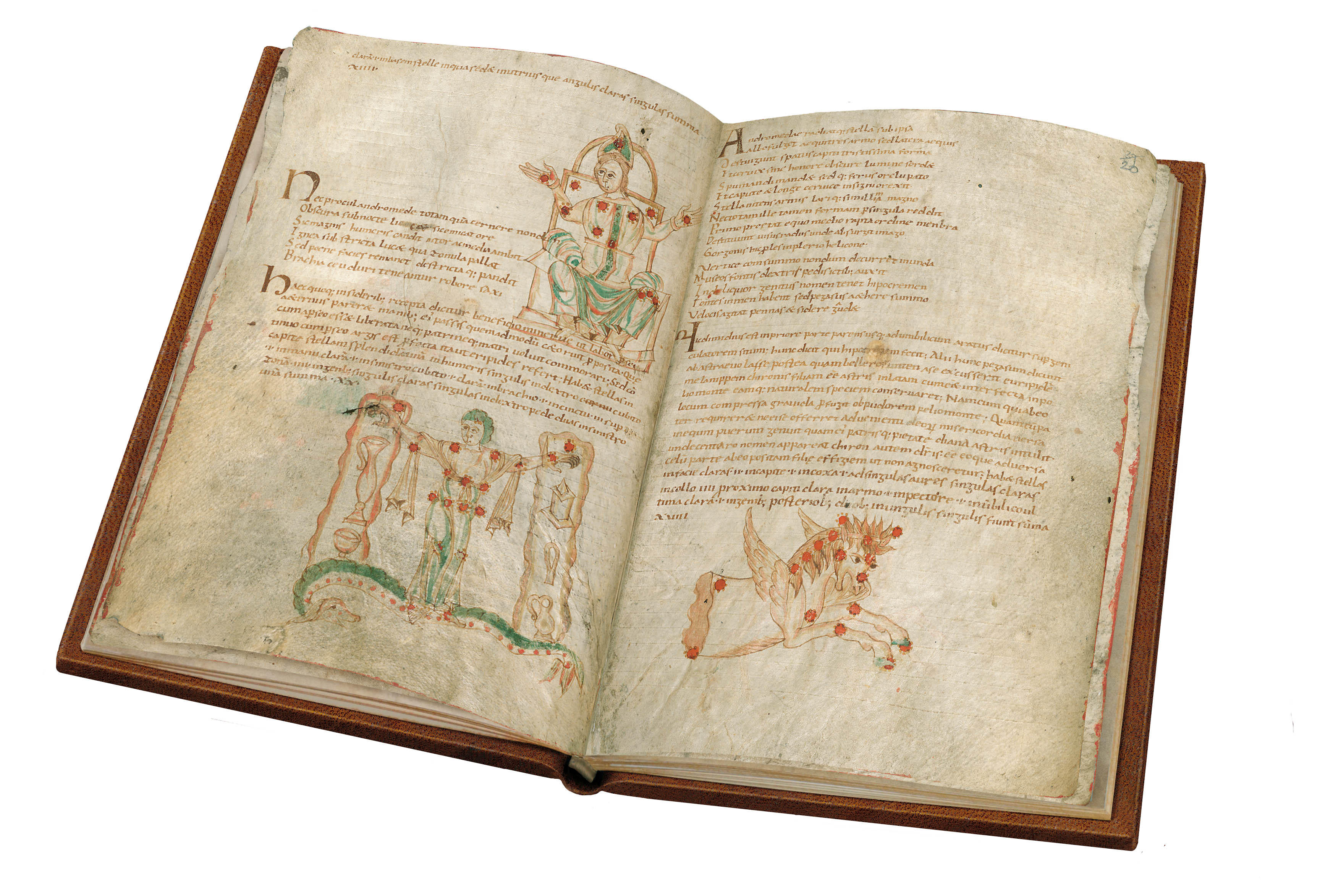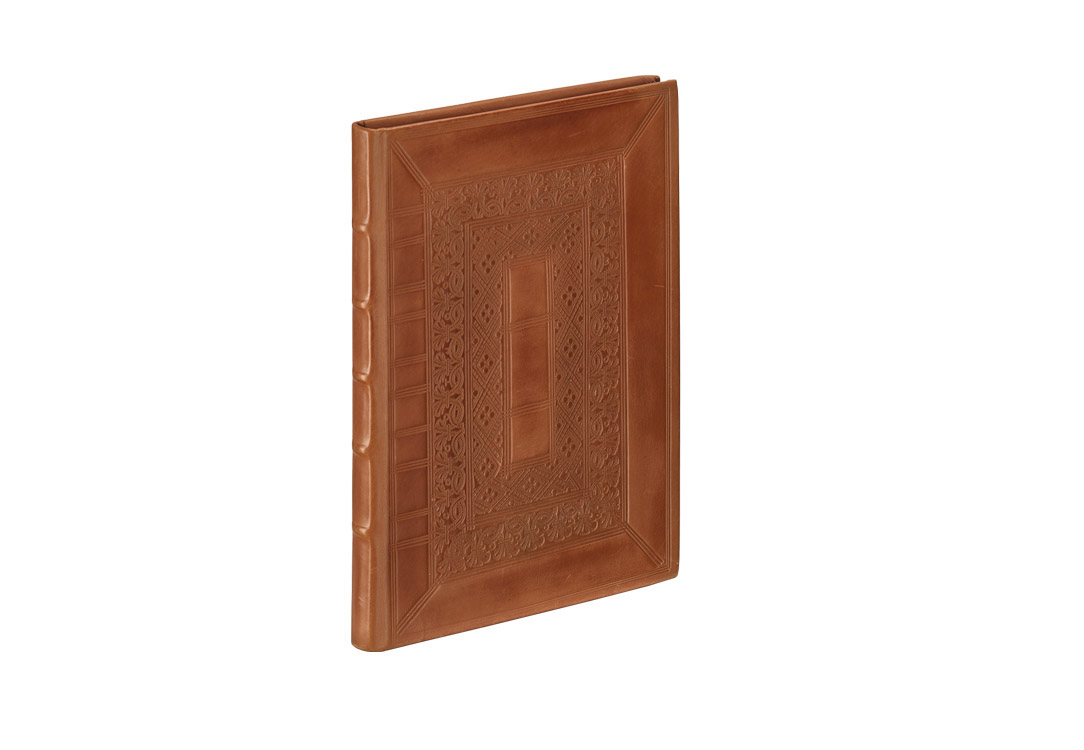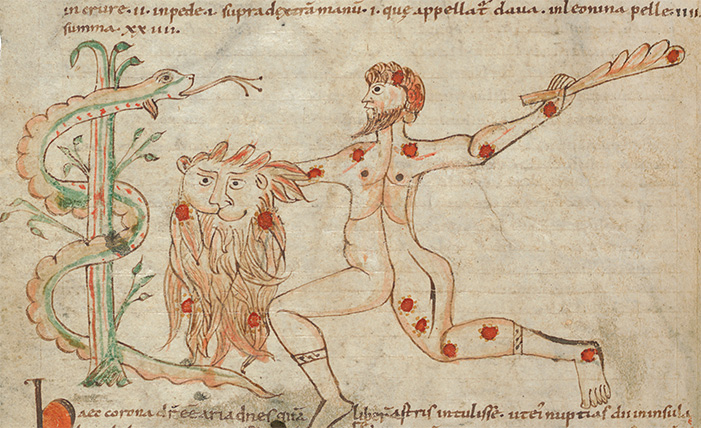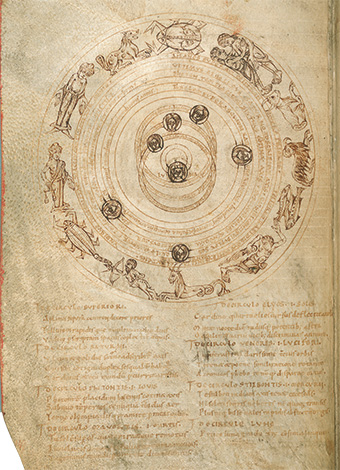The Aratea of Germanicus
Medieval Astronomy from around 1000 AD
Today guarded in the National Library of Wales, the didactic manuscript attests to the monks and clerics having a keen interest in studying the great cosmos, combining the century-old knowledge of the constellations with their own observation of the movements of the stars. The constellation pictures, the planet orbits and the signs of the zodiac are represented with elegantly flowing pen strokes, full of vibrant life and dynamism. With the positions of the individual stars marked in red, mysterious celestial creatures illustrate the constellations moving across the heavens at night.
The Aratea of Germanicus
Aratea: The Manuscript
The Aratea of Germanicus
The Aratea represents a compendium of texts on astronomy. It mainly contains the Latin translation of the Phainomena composed by the Greek poet Aratus of Soloi in the version written by Claudius Germanicus († 19 AD). In his “Appearances” Aratus determines the position of the fixed stars in the cosmos, describes the constellations, the circles of the sphere and the Milky Way. He distinguishes between the fixed stars and the planets having a motion of their own. Until the end of the 12th century, the Aratea were the only source for any Western treatise on the constellations. The sections of the didactic poem reproduced here are supplemented by explanatory comments on mythological tales about the stars and constellations and completed by a number of short texts.
Constellations Infused with Life
The pages have a consistent layout. Each section of the Aratea of Germanicus and the Late Antique comments is followed by a pen drawing of the respective constellation washed in green, orange-red or brown. The figures are frequently shown from the back, thereby suggesting that they were conceived as representations of the celestial globe. Within the constellations, the positions of the stars are marked by point rosettes. Moreover, the book illuminator clearly made an effort to depict the mythological narrative associated with the constellations. Thus, Hercules is swinging his club against the serpent, while his left arm is protected by the skin and head of the lion he had slain before.
A Medieval Monastic University
A major monastery already in the Carolingian period, Fleury Abbey counted among Europe’s leading educational institutions in the 10th and 11th century, attracting monks and clerics from everywhere. Especially around the turn of the millennium, Fleury was the most important centre of astronomical studies, sustained, among other things, by a comprehensive library housed in a separate building. A great number of manuscripts can either be directly linked to Fleury or at least appear to be influenced by it. In addition, the abbey maintained an intensive exchange with other monasteries in France and Latin Europe in general. Hence, as to the place of origin of the Aratea manuscript, Limoges has also been taken into consideration.
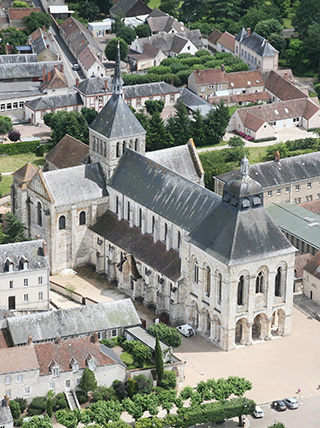
Germanicus: Aratea
Under the Magnifying Glass: Mapping the Stars and Constellations
Germanicus: Aratea
The Aratea: The Edition
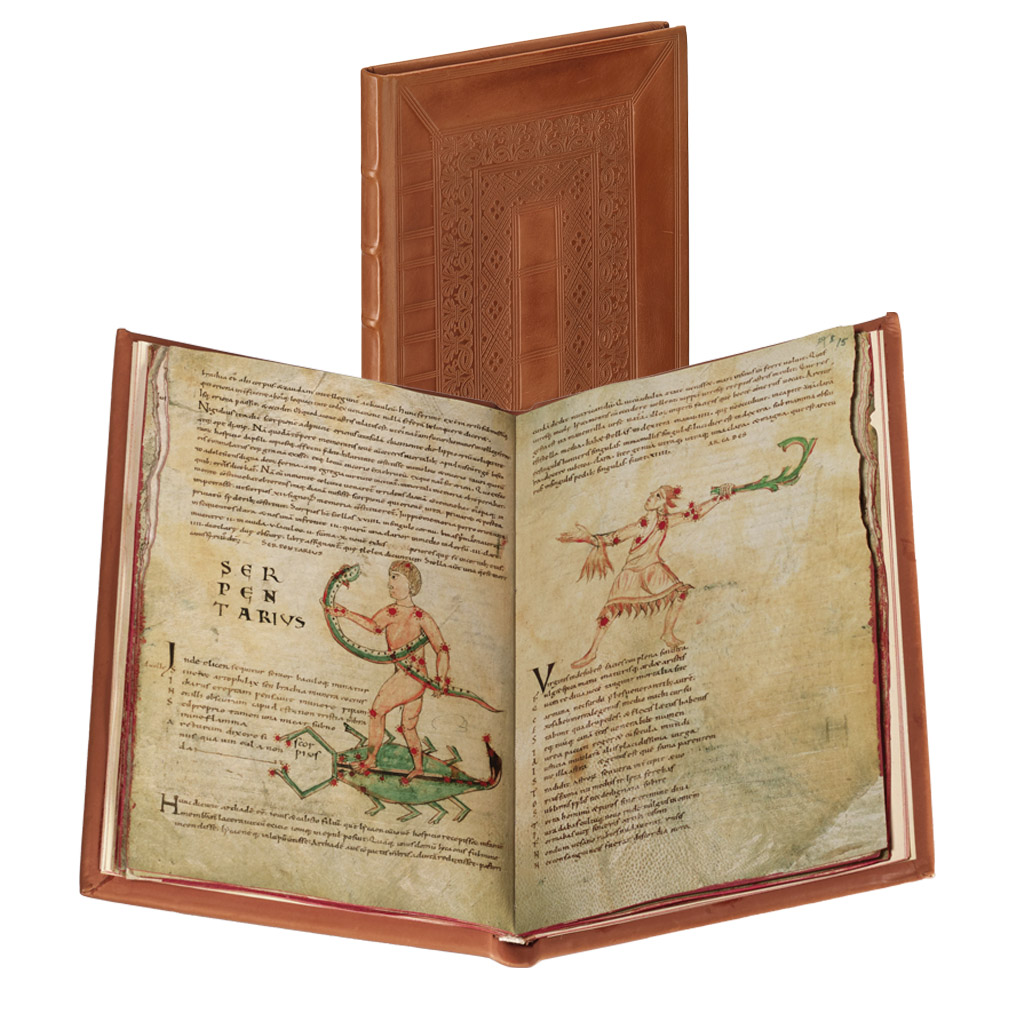
The Manuscript and the Facsimile at a Glance
The Aratea represent a wonderfully illustrated compendium of the Western knowledge of astronomy and astrology in the Early Medieval Period. The facsimile true to the original allows the viewer to experience the special aura of this one-thousand-year-old didactic manuscript
Manuscript: Aberystwyth, National Library of Wales, Ms. 735C
Date of Origin: c. 1000
Place of Origin: Fleury (or Limoges?)
Dimensions: c. 23,5 x 16,5 cm
Extent: 52 pages (26 folios)
Artists: unknown, at least two monastic illuminators
Patron: unknown
Illumination: 23 delicately coloured pen-drawings of the constellations and 7 celestial charts (hemi- and planispheres, planet orbits, zodiac)
Binding: decorative brown leather binding with rich blind-tooling
Commentary Volume for the Facsimile Edition by Kristen Lippincott / Pedr ap Llwyd; preface by Ben Moore
Limited edition: 680 copies
This facsimile edition has been published under the patronage of Dr Ben Moore, Director Centre for Theoretical Astrophysics and Cosmology, University of Zurich.
Medieval Astronomy
Enjoy Viewing 10 Sample Pages:
A Glance at the Facsimile
The section from the Aratea reproduced here shows fols. 10v-14r.
The sequence opens with a planisphere, a map drawn in the plane representing the distribution of the constellations. On fol. 11v there is an illustration of the author and his muse: framed by two Corinthian columns, seated on a folding chair, the poet Aratus of Soloi discusses with his muse Urania the celestial globe placed between them. Subsequently, we see the representations of the following constellations: Jupiter on Aquila, Latin for ‘eagle’ (fol. 12r), the Serpent between Ursa Major and Ursa Minor, Latin for the two ‘bears’ (fol. 13r), Hercules (fol. 13v), and the Northern Crown (fol. 14r).
Medieval Astronomy
A Challenging Production: fac simile
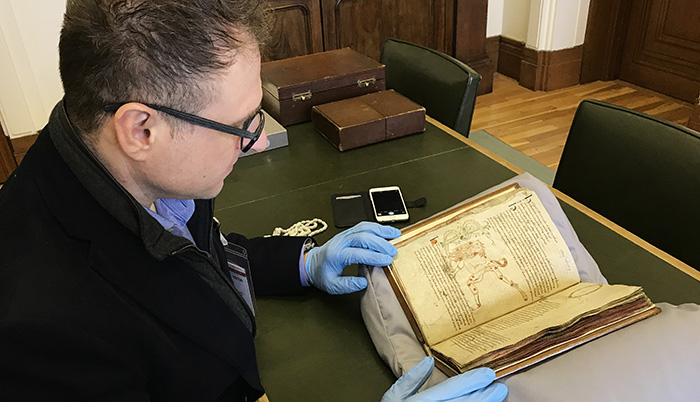
On-site Appraisal
Many production steps are needed, before the 1000-year-old original manuscript can be transformed into a faithful reproduction of the Aratea.
The final decision to make a facsimile of a particular manuscript must be preceded by verifying the feasibility of the project and assessing the original on site. All stages of the facsimile production, starting with photographing the original manuscript page by page and including repeated print runs being checked and corrected, likewise require a number of actions that can only be carried out in the library that owns the medieval manuscript.
Bite Marks and Holes
A facsimile made by Quaternio Editions Lucerne is the authentic reproduction of a medieval manuscript, exact in all details. Naturally, these high quality standards also apply to the manuscript of the Aratea, which has been surprisingly well preserved for more than ten centuries. Throughout its long history, it has only been affected by a few bite marks. While we do not know which insect might have had an appetite for knowledge here, these bite marks will be faithfully reproduced in the facsimile. Likewise, each hole in the parchment that a thousand years ago caused the scribe to write the text around this defect, will be reproduced by laser punching.
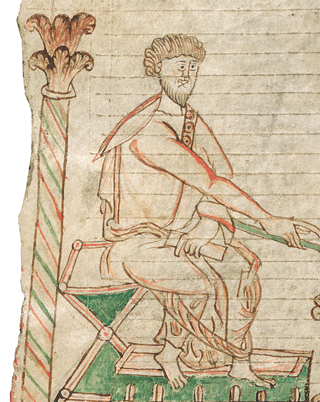
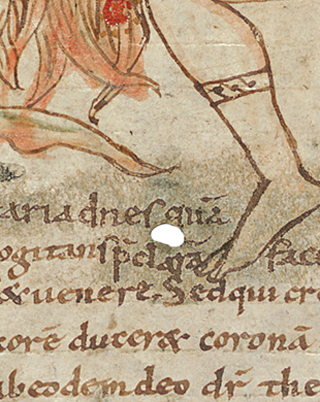
Sternbilder der Antike
Request brochure
We would be glad to provide you with additional information regarding the facsimile edition of the Aratea of Germanicus. Click here to order the brochure.
Contact us
Do you have any questions about the facsimile edition of the Aratea of Germanicus? Please do not hesitate to contact us. We are looking forward to your message.




